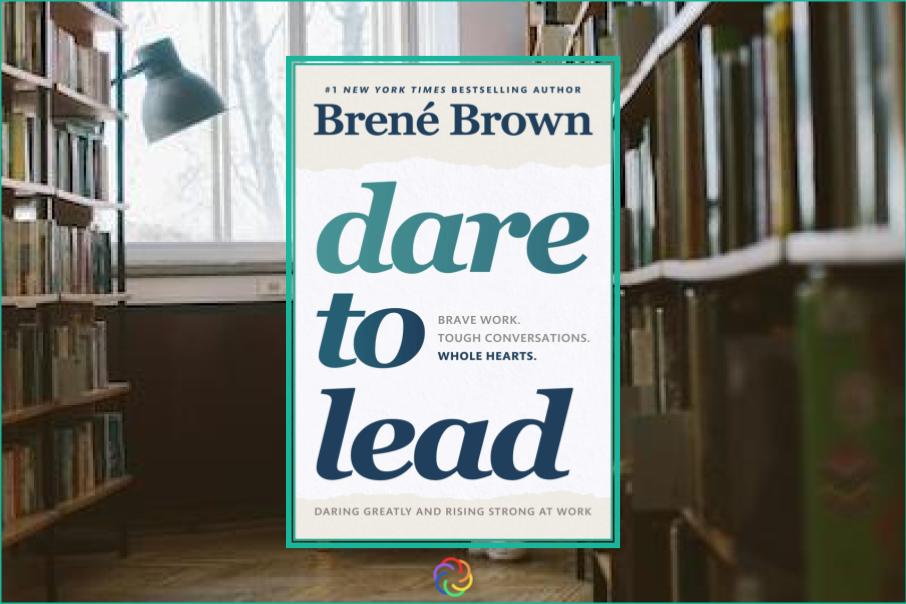Dare to Lead: A Comprehensive Summary of Brené Brown’s Masterclass in Courageous Leadership
Introduction: A Groundbreaking Perspective on Leadership
Brené Brown’s Dare to Lead has redefined what it means to lead in today’s dynamic and complex world. Published in 2018, this New York Times bestseller combines over two decades of research into vulnerability, shame, courage, and empathy. It has received acclaim from global leaders, educators, and industry pioneers for its actionable insights into fostering creativity, innovation, and trust in organizations. Brown’s groundbreaking work has influenced companies like Pixar, Google, and NASA, and her TED Talk on vulnerability has been viewed millions of times worldwide.
At its heart, Dare to Lead challenges the conventional notion that leadership is about strength and dominance. Instead, Brown posits, “A leader is anyone who takes responsibility for finding the potential in people and processes and has the courage to develop that potential.”
Core Concepts of Courageous Leadership
Brown identifies four essential skill sets that underpin courageous leadership: Rumbling with Vulnerability, Living into Our Values, Braving Trust, and Learning to Rise. Let’s delve deeper into each, enriched with examples, quotes, and actionable insights.
1. Rumbling with Vulnerability
Vulnerability, often misunderstood as a weakness, is the cornerstone of courage. Brown asserts, “You can’t get to courage without rumbling with vulnerability.” Vulnerability is the emotional exposure we experience in times of uncertainty, risk, and failure. For instance, in her research, military leaders confirmed that no act of courage exists without an element of vulnerability.
Brown outlines six myths about vulnerability:
- Vulnerability is weakness.
- “I don’t do vulnerability.”
- “I can do it alone.”
- You can engineer discomfort out of vulnerability.
- Trust precedes vulnerability.
- Vulnerability is oversharing.
In organizations, rumbling involves honest, sometimes uncomfortable conversations. It means showing up with curiosity, leaning into discomfort, and listening with empathy. Brown emphasizes the importance of creating psychological safety, as seen in Google’s Project Aristotle, where teams with high psychological safety outperformed others.
2. Living into Our Values
Brown champions the idea that daring leaders practice their values rather than merely professing them. She advises leaders to identify their two core values—the “North Stars” that guide their decisions—and translate them into measurable behaviors.
A practical framework includes:
- Naming your core values.
- Defining three behaviors that align with those values.
- Identifying actions that undermine them.
For example, if integrity is a core value, a leader might prioritize transparency even in difficult situations. Brown reminds us, “Integrity is choosing courage over comfort.”
3. Braving Trust
Trust is built incrementally, through consistent, small actions. Brown offers the BRAVING model as a tool for fostering trust:
- Boundaries: Respect and communicate limits.
- Reliability: Keep commitments.
- Accountability: Own mistakes and make amends.
- Vault: Honor confidentiality.
- Integrity: Practice values over convenience.
- Non-judgment: Create a judgment-free space for asking for help.
- Generosity: Assume the best intentions.
Brown notes that trust must extend inward. Self-trust is a foundation for trusting others. Leaders should reflect on questions like, “Am I reliable to myself?” and “Do I respect my own boundaries?”
4. Learning to Rise
Failure is inevitable, but rising strong is a learnable process. Brown outlines three stages:
- The Reckoning: Acknowledge emotions and recognize the story you’re telling yourself.
- The Rumble: Challenge assumptions and examine the truth.
- The Revolution: Rewrite the narrative and integrate lessons learned.
A pivotal tool here is recognizing the “SFD” (Sh*tty First Draft)—the knee-jerk, often false story we create about a situation. By revisiting and reframing these narratives, leaders can make informed, courageous decisions.
Overcoming Leadership Barriers
Brown identifies key barriers to courageous leadership, including:
- Fear of tough conversations.
- Perfectionism and fear of failure.
- Lack of connection and empathy.
- Avoiding discussions on diversity and inclusion out of discomfort.
To counteract these, leaders must embrace vulnerability and build cultures where mistakes are learning opportunities rather than sources of shame.
Critiques of the Book
While Dare to Lead has received widespread praise, some critics argue that its concepts, while profound, require significant effort and cultural change to implement. Others feel that Brown’s focus on vulnerability may not resonate in every cultural or organizational context.
Models Comparison
Here is a comparison of Armored vs. Daring Leadership Behaviors, illustrating the shift from self-protection to wholehearted engagement. For example:
| Armored Leadership | Daring Leadership |
|---|---|
| Perfectionism | Embracing empathy |
| Compliance and control | Cultivating commitment |
| Avoiding tough conversations | Straight talking |
Conclusion: The Call to Courage
Dare to Lead is a manifesto for a new kind of leadership—one rooted in humanity, vulnerability, and courage. By adopting Brown’s principles, leaders can foster environments where innovation thrives, trust deepens, and people feel empowered to show up as their full selves.
As Brown powerfully states, “Who we are is how we lead.” Let us embrace this challenge to dare greatly, lead boldly, and create the future we wish to see.



